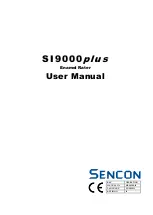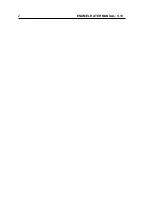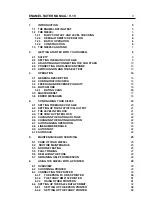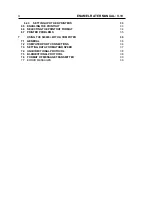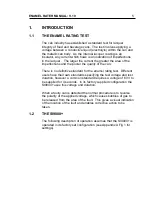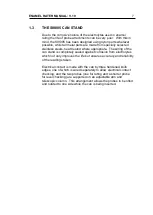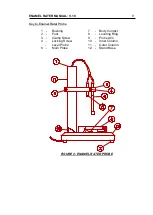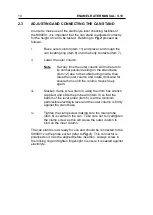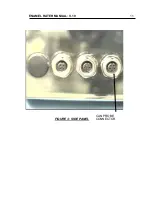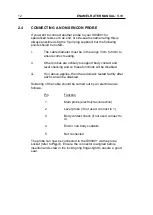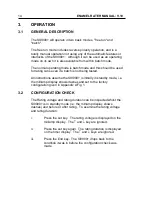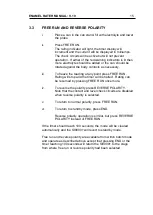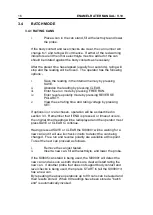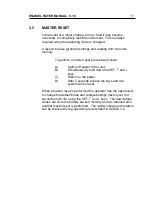
ENAMEL RATER MANUAL: V.10
5
1.
INTRODUCTION
1.1
THE ENAMEL RATING TEST
The can industry has established a standard test for lacquer
integrity of food and beverage cans. The test involves applying a
voltage between a conductive liquid (electrolyte) within the can and
the metallic can body. As the internal lacquer coating is an
insulator, any current which flows is an indication of imperfections
in the lacquer . The larger the current the greater the area of the
imperfections and the poorer the quality of the can.
There is no definitive standard for the enamel rating test. Different
users have their own standards specifying the test voltage and test
duration, however a common standard requires a voltage of 6.3V to
be supplied for 4 seconds. In its factory supplied configuration the
uses this voltage and duration.
When a faulty can is detected the normal procedure is to reverse
the polarity of the applied voltage, which causes bubbles of gas to
be released from the area of the fault. This gives a visual indication
of the location of the fault and enables corrective action to be
taken.
1.2
THE
The following description of operation assumes that the is
operated in its factory set configuration (see Appendix A Fig 1 for
settings).

